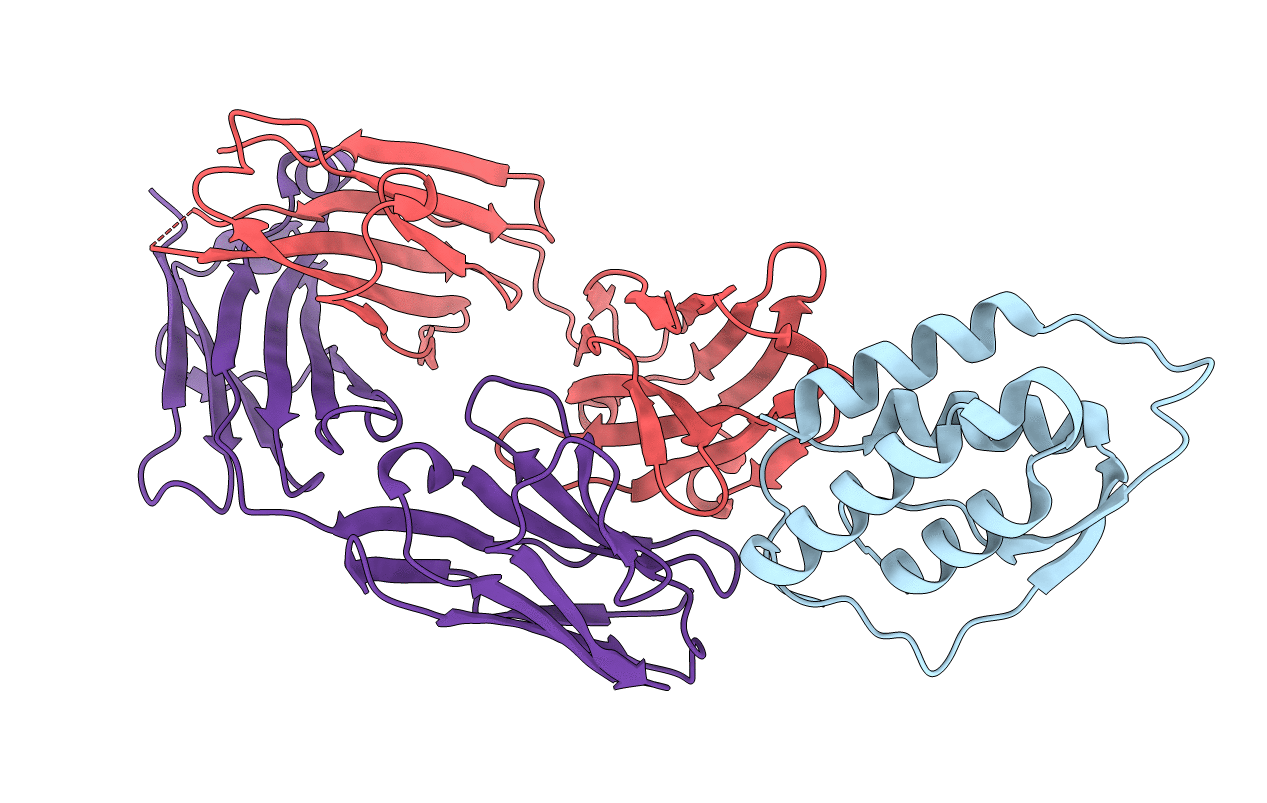
Deposition Date
2017-10-26
Release Date
2018-09-12
Last Version Date
2024-11-20
Entry Detail
PDB ID:
6BFS
Keywords:
Title:
The mechanism of GM-CSF inhibition by human GM-CSF auto-antibodies
Biological Source:
Source Organism:
Mus musculus (Taxon ID: 10090)
Homo sapiens (Taxon ID: 9606)
Homo sapiens (Taxon ID: 9606)
Host Organism:
Method Details:
Experimental Method:
Resolution:
2.00 Å
R-Value Free:
0.24
R-Value Work:
0.18
R-Value Observed:
0.18
Space Group:
P 1 21 1


